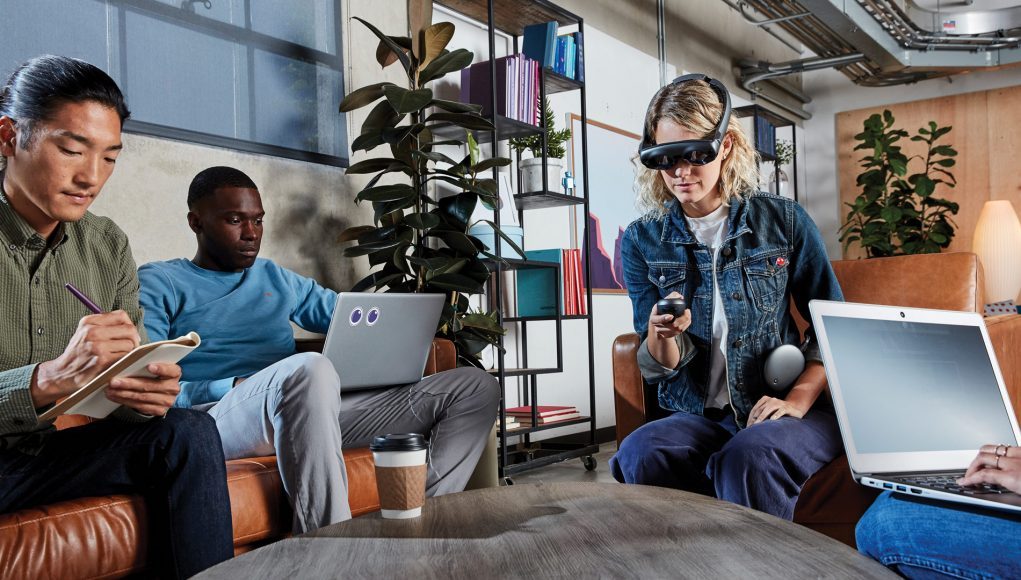Magic Leap has released a new set of development components in a ‘Magic Leap Toolkit’ (MLTK) which includes a slew of pre-built tools which aim to make it easier for creators to bring their AR vision to life without needing to re-think the basics.
The MLTK, available now for developers working in Unity, offers up a range of pre-built tools which take some of the heavy lifting out of building AR apps for the Magic Leap headset. Pre-built solutions for things like input, surface detection, and multiplayer networking give developers a foundation to work from, rather than asking each developer to re-invent the wheel. Here’s a look at what’s in the MRTK, with short example videos from Magic Leap:
ControlPointer
The Control Pointer provides a pointer for the manipulation and movement of digital objects with the Control. Control Pointer includes components that let users target, select/deselect, and drag/drop objects.
SurfaceDetails
Surface details is a light-weight solution to identify different surface types.
ControlInput
Control Input component provides you with a comprehensive set of Unity events for interactivity with the Magic Leap Control. It enables user input for the Control including:
- Changes in the position and orientation of the Control (6 Degrees of Freedom or 6DOF)
- Bumper events
- Home button events
- Trigger events
- Touchpad gesture events
KeepInFront
Keep In Front is an add-on component that keeps content in the user view while respecting other objects in the scene and attempts to stay in front of them.
RuntimeConsole
Runtime console is a tool for viewing log messages while running a Unity® Software app on a Magic Leap device.
PlaceOnFloor
Place On Floor helps locate an area on the floor of the user’s space where an app can place digital content. It provides apps with a starting location without the need for user input. When the user focuses on an empty area on the floor, PlaceOnFloor places digital content at that location.
RampLight
Ramp light is a rendering solution independent of Unity lights that maintains sufficient brightness at any angle, and maximizes the visual quality of Magic Leap’s additive display approach.
Two other features, Transmission and SpatialAlignment, don’t currently have video examples, but Magic Leap explains their capabilities in developer documentation:
Transmission
Transmission is a cross-platform solution for connecting devices over a local area network (LAN). Add Transmission to your Unity app to provide a basic, multi-user network connection between Magic Leap One devices, computers, mobile devices, and any other device connected to the same LAN. Low-level networking is handled directly through UDP. Transmission is a valuable tool for the development of collocated, multi-user experiences. Transmission can be used to share messages, call remote commands, and synchronize the placement of objects.
SpatialAlignment
SpatialAlignment is a critical component of the Transmission tool. Without Spatial Alignment, Transmission cannot align objects between peers so they see the same content in the same space. Spatial Alignment uses the Magic Leap’s Persistent Coordinate Frame (PCF) system to visually align colocated Magic Leap devices connected with Transmission, and is a key element for integrating the Magic Leap Persistent Coordinate Frame (PCF) into your experience.
You can find much more detail about each of these features, including how to implement them, in Magic Leap’s MLTK documentation.
– – — – –
Though Magic Leap doesn’t explicitly call its AR headset a dev kit, the $2,300 ‘Creator Edition’ is certainly poised as a development platform. Developers working on the headset are getting a jump-start in learning the ins-and-outs of AR app creation ahead of future Magic Leap headsets which the company aims to take mainstream.







